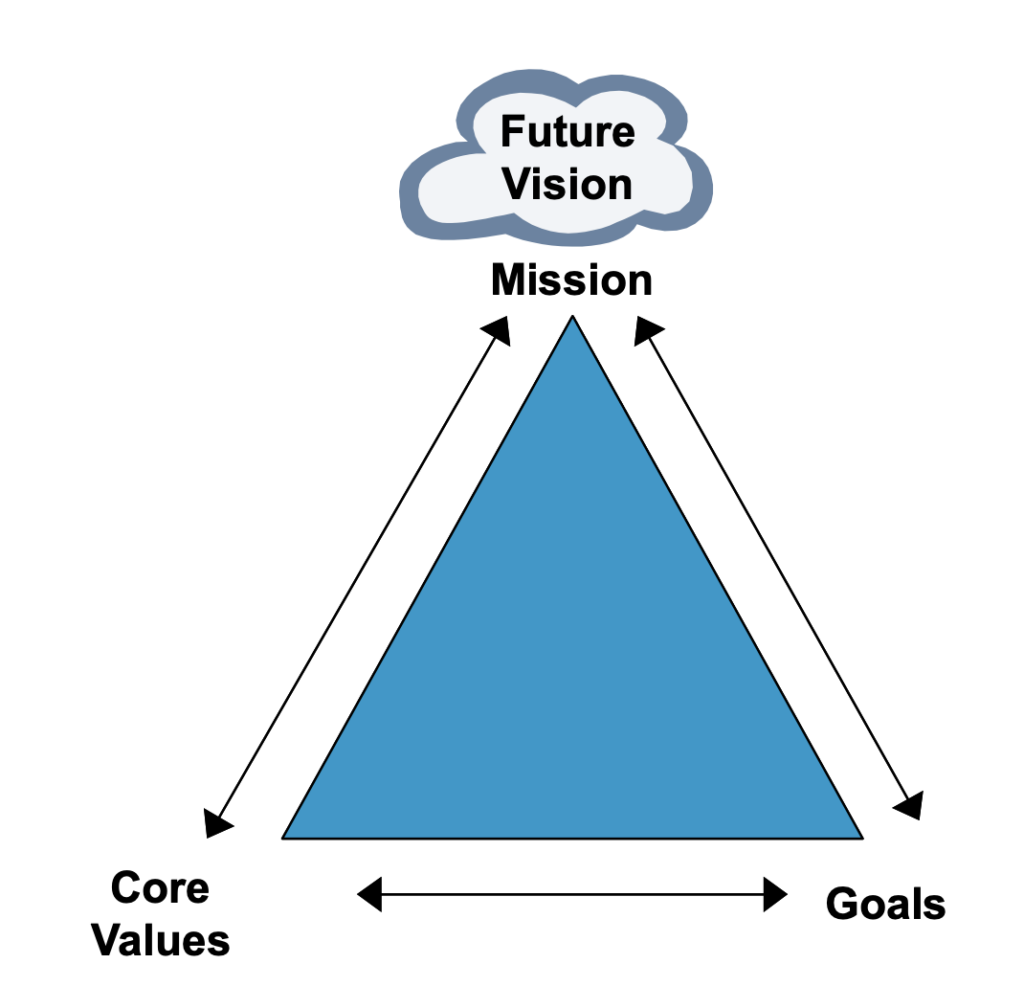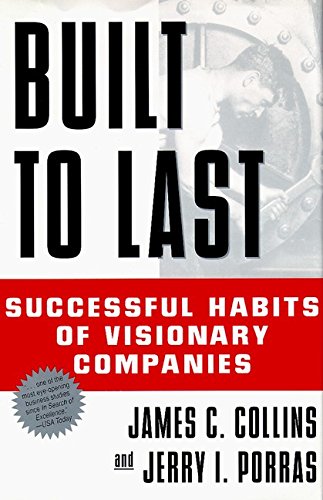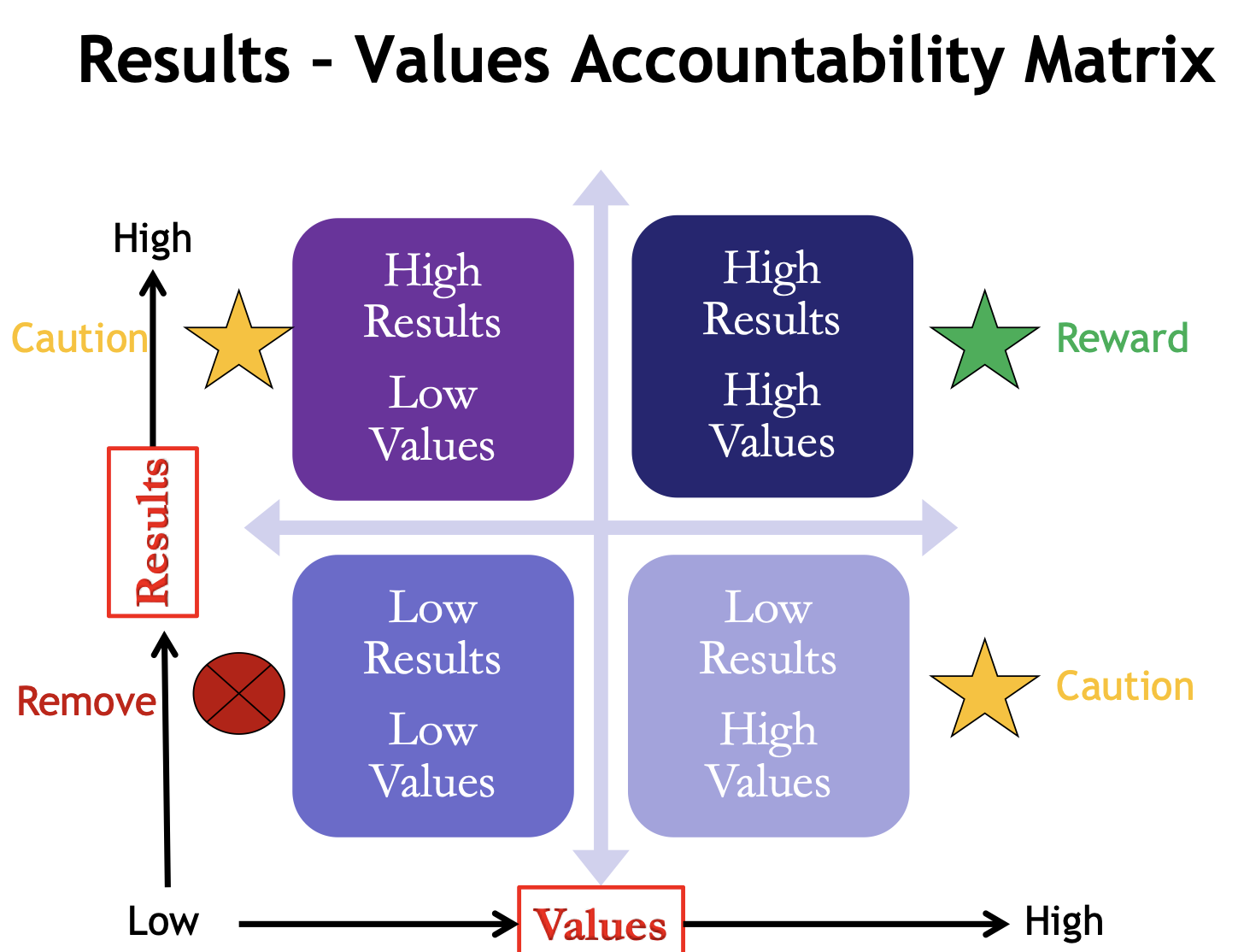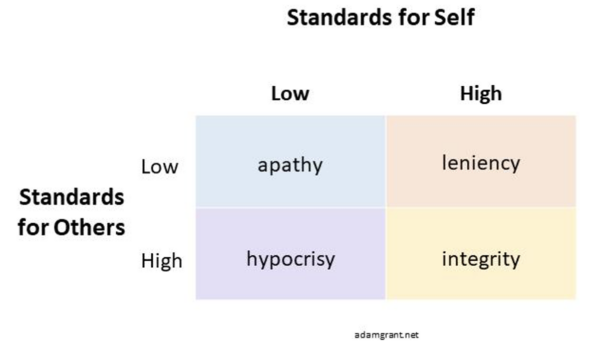The journey towards a more equitable future for nonprofit arts organizations starts in the boardroom and too often ends there, as well. This issue of On Our Minds, the second in a series examining more equitable practices, reflects openly and self-critically on the underlying processes, assumptions, and structures driving strategic planning and what would make them more equitable.
In the piece below, Joseph H. Kluger considers how organizations might use core values to support attaining goals of diversity, equity, and inclusion.
Diversity initiatives have been a priority for some nonprofit arts and culture organizations for many years. At The Philadelphia Orchestra, over 30 years ago, we launched a Cultural Diversity Initiative “to become more representative of the ethnic and cultural diversity of the community, in all aspects of the organization and its operations.” While we set and made progress towards clearly defined goals for representation and inclusion, I believe we fell short of meaningful change, partly because we did not explicitly incorporate principles of equity into the initiative.
It has only been in more recent years, as a byproduct of demands for social justice – triggered by the murder of George Floyd and other racially motivated injustices – that most arts and culture groups began to develop comprehensive diversity, equity, and inclusion* (DEI) policies.
- Although those policies now usually include “equity” in the title, they lack a common definition of equity and varying degrees of commitment to redress the systemic imbalance in power and resources that signals a lack of equity.
- Some, such as the Guthrie Theater’s Anti-Racism Work and Commitments, demonstrate a depth of understanding and appreciation for the circumstances that fostered the creation of grassroots manifestos to counter racism, such as those in the theater and orchestra fields.
- Other organizations (we choose not to call out) have issued lofty statements of goals that are not specific or measurable and/or, as DEI consultant Lily Zheng says, “fund one-time, ‘inspirational’ events to ‘raise awareness’ of inequity, but [are] far less enthusiastic about medium-to-long term interventions that change incentive structures, [and] shift the balance of power and resources” that are necessary to effect real change.
There is also a lack of consensus as to where responsibility rests within organizations for developing and implementing DEI policies and how these policies should be incorporated into the organizations’ strategic plans. My colleagues Tom Wolf and Stanford Thompson make a compelling argument that DEI should be infused in every strategic plan goal and strategy, as well as the process itself. While many organizations are now assigning a senior administrative leader with responsibility for oversight of their DEI initiatives, I question whether that is consistent with the premise of incorporating DEI into every aspect of an organization.
Similarly, Alan Brown asks whether organizations should incorporate the principles of “cultural democracy” into programs and activities to demonstrate a commitment to systemic change. This approach certainly addresses DEI in the “what we do” part of the mission but not necessarily in the “who we serve” or “how we operate” components.


In my opinion, the best way to achieve an organization’s diversity, equity, and inclusion objectives is to make them core values, expressed ideally in three separately defined statements. Of course, this will be effective only if the organization is committed to using core values – not as meaningless “motherhood and apple pie” platitudes – but as a clearly articulated set of principles and behaviors to which everyone in the organization is held accountable. According to acclaimed business writer Jim Collins, realizing an organization’s vision or goals requires that they are aligned with its core values in a two-step process that first identifies misalignments (i.e., behavioral norms that are obstacles to operating in a manner consistent with the expressed values) and then creates new alignments, which he calls “mechanisms with teeth.”

To apply this core values alignment process with DEI objectives, an arts and culture organization might consider questions such as:
- Should responsibility for achieving our DEI goals be assigned primarily to one BIPOC senior-level staff leader, or would it be more effective to have a diverse group of our senior managers share that responsibility in their respective functional areas?
- Should we incorporate an assessment of efforts to behave consistently with our DEI core values in the performance review process for every employee?
- To foster greater fairness and equity in employment, should we cap the ratio between the yearly salary of the highest and lowest paid full-time staff members (e.g., no more than 10x) and benchmark all salaries to avoid bias or inequity across gender, race, or other demographic factors?
- Should we set specific, measurable goals, not just for the number of BIPOC members of our board and staff, but for the percentage of those in leadership roles?
- Should we measure the change over time in the resources we allocate to DEI initiatives (e.g., BIPOC programming, artists, marketing, other vendors, etc.)?

The key to using core values to support the attainment of DEI goals is partly to express the values as actionable behaviors but mostly to make sure there are mechanisms in place to hold people consistently accountable. According to organizational consultant and author Adam Grant, “Integrity is holding ourselves to the same high standards that we have for others. Expecting less of ourselves than others sets us up for hypocrisy.”
Dr. Martin Luther King, Jr. may have been right in saying that “the arc of the moral universe is long, but it bends toward justice.” Realizing greater equity and justice in most arts and culture organizations is possible. Still, it will not happen without a well-designed, concerted effort over time to change individual and collective thinking and behavior.
* While some organizations’ DEI policies also include an “access” or “belonging” component, I believe they are both covered by “inclusion.”
This is piece is part of our series on equity and strategic planning. You can read other posts here:
- Centering Democracy in Strategic Planning: Alan Brown discusses how centering cultural democracy in artistic organizations’ work might lead to equity in strategic planning.
- Equity and Strategic Planning: An Interview with Stanford Thompson: Dr. Thomas Wolf interviews a long-time collaborator on the topic of equitable strategic planning.

